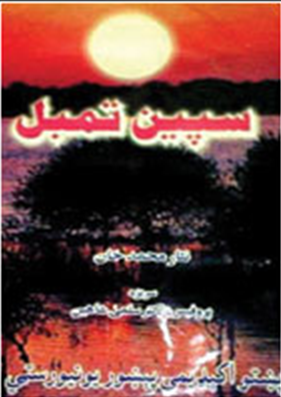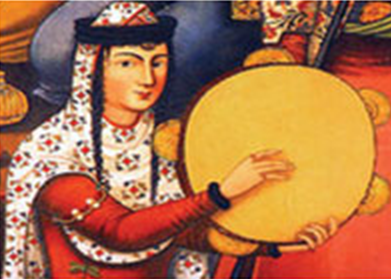Pakhtoon culture
This is a collection of articles archived for the excellence of their content. Readers will be able to edit existing articles and post new articles directly |
Pakhtoon culture
REVIEWS: Preserving culture
Reviewed by Yaseen Iqbal Yousafzai
PAKHTOONS are a culturally rich people. For them, their language Pushto is like a code of life. The jirga system is also an integral part of the Pakhtoon culture, for it represents faithfulness, bravery, self-pride and many social values and norms of the people.
Due to these high standards, a Pakhtoon’s verbal promise is considered to be very reliable. No one would think of getting agreements signed by a Pathan; nor would one worry about records. As a consequence of the verbal codes in place, the culture of writing has not developed the way it should have. Little attention was paid to Pushto writing until the Ameer, Sher Ali Khan took initiatives during his time — from 1863 to 1879 — and worked on the development of his mother tongue on the advice of Jamaluddin Afghani.
In spite of the rich Pakhtoon culture, there are only a few records available on the subject. The rapid cultural transformation in the process of communication carries the risk of doing away with the diversity that it offers. The present plays the part of a junction between the past and the future but sometimes we forget our past, resist our present and don’t bother about the future. This attitude damages cultures and creates gaps and vacuums where national identities are lost. In such situations, pioneers are needed who not only promote cultures and traditions but have the capability to preserve them as well.
Nisar Mohammad Khan has played a key role in broadcasting and presenting the Pakhtoon culture through radio, TV and cinema. It is worth mentioning here that Paneni, who wrote the grammar for Sanskrit, and Hafiz Marghozay, who wrote the only Pushto Shahnama of Ahmad Shah Abdali, came from the same district. After a life-long struggle of promoting the Pakhtoon culture, Khan has stepped forward to preserve the work of artists, particularly musicians through his book Speen Tambal (The White Tambourine). The quality and quantity of information compiled in the book indicates that his over-a-decade-long association with Radio Pakistan, Peshawar, was that of a missionary who encouraged artists, musicians, writers and poets in an environment where art is appreciated but the artist is looked down upon.
The book has been written in one-on-one dialogue format. It has the author conversing with the moon which resembles a white tambourine. The moon has been posed as a witness to culture since times immemorial.
The book has been written in one-on-one dialogue format. It has the author conversing with the moon which resembles a white tambourine. The moon has been posed as a witness to culture since times immemorial. The book extensively reflects the richness of the Pakhtoon culture which beautifully enriches the local language. The beauty of the book has been increased by the rare photographs of many artists whose voices were known to the lovers of Pushto music and drama for many decades but none had ever seen the faces behind those evergreen songs.
The book carries rare photographs of Gulnar Begum who had sung several thousands melodious songs for Radio Pakistan, Peshawar and also for the Pushto film industry, observing the traditional Pakhtoon veil (purdah). It was interesting how she never exposed her face to the audience till her death. The book is full of rare autobiographies of artists and musicians which help the reader build a relationship with and differentiate between both classic and modern art of music and filmmaking. The author has neither compromised the comprehension of the book nor ignored a single genre of Pushto poetry; therefore one cannot question his expertise on the subject. The most exciting and thrilling aspect of the book is the description of 41 forms of Athenr — a specific traditional tribal dance. These traditional dances constitute a substantial part of Pushto music and culture but were never discussed in such a systematic manner. However, keeping in view the 52 tribes of Pakhtoons, each having her own Athenr, there should be 52 forms of Athenr which needs to be explored. Additionally, the book has discussed the visits of various foreign artists of the time to Peshawar and their contribution to local art.
The book is one of the most valuable books ever written on the Pakhtoon culture in Pushto and will not only enthrall its readers but will motivate others to preserve their art and culture as well.
Speen Tumbal (white Tambourine)
By Nisar Mohammad Khan
Pushto Academy, Peshawar
262pp. Rs180


